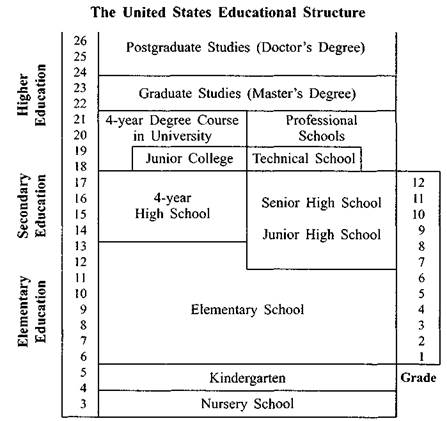B. Make sentences as in the example.
Example: He refused to accept the invitation and left the office. Having refused to accept the invitation, he left the office.
After refusing to accept the invitation, he left the office.
1. The student solved the main problem and made a report on his research. 2. She finished the translation and then typed it. 3. The treaty was signed by both sides and soon came into force. 4. The letter was written and then posted. 5. He arranged everything and then decided to take a rest. 6. We passed all the examinations and decided to go on a tour. 7. I received the message and hurried to meet my friend. 8. She had breakfast and then went to college. 9. He returned home and resumed his work. 10. The delegation completed its tour over the country and left for home.
C. Complete the sentences with the right prepositions where
necessary.
For at of to on in
1. The organization provides a range of services free ... charge. 2. ... their way ... a high school diploma, American children pass through two main stages of school education. 3. Born in India, he attended ... high school and medical school in New York. 4. Don't make your decision ... the basis ... cost alone. 5. Applicants must satisfy the requirements ... admission to the university. 6. Trade
should balance when supply equals ... demand. 7. It was necessary ... all students to register a week in advance. 8. After qualifying, Zelda decided to specialize ... accounting. 9. The course was equal ... my expectations. 10. Our training programme covers all ranges ... ability.
11. I applied ... four universities and was accepted by all of them.
12. A highly-trained workforce equals ... high productivity. 13. How long have you been studying ... this college?
9. Diving Deeper
A. Finish the sentences according to the text.
1. The difference between public and private schools is that ... . 2. The majority of American schoolchildren .... 3. To get a high school diploma, American children have to .... 4. There is no uniform educational structure in the United States as ... . 5. After completing the elementary school, American children ... . 6. Subjects taught in both the elementary and secondary schools are ... . 7. As there are no national examinations in the USA, students ... . 8. A high school "unit" equals ... . 9. School counsellors help high school students to ... . 10. The system of post-school education includes four categories of institutions: ... . 11. Successful applicants at colleges and universities are usually chosen on the basis of ... . 12. American students get a degree through ....
B. Answer the following questions. Use the text and the chart
(p. 178) to help you.
1. Why do most of the American schoolchildren attend public schools? 2. What is the difference between public schools in Great Britain and the ones in the USA? 3. What are the age limits of the elementary and secondary schools? 4. Are there any basic subjects taught in all American school? 5. Do American schoolchildren have to take exams when passing from grade to grade? 6. What is the criterion for an American high school graduation? 7. What subjects are called "electives" in the USA? 8. Where can the American children get post-school education? 9. What is the duration of the course of studies at colleges and what degrees do they award? 10. What do students learn during the first/last two years at college? 11. How are first-year students called? What other names are there? 12. Can many students afford to study at private institutions of post-school education? 13. How do students get their degrees at colleges and universities?
 |
Age
10. Speaking
Characterize the main peculiarities of American educational system following the outline below:
1) types of schools in the USA;
2) two stages of school education on the way to a high school diploma;
3) subjects taught at schools;
4) ways to assess knowledge of schoolchildren;
5) the "electives";
6) types of American post-school educational establishments;
7) acceptance to colleges and universities;
8) the academic year;
9) assessment of students' work.
7 1. Discussion
In groups, note down as many advantages and disadvantages of American and British educational system as you can think of. Discuss the results of your work in class.
12. Integrated Language Skills
